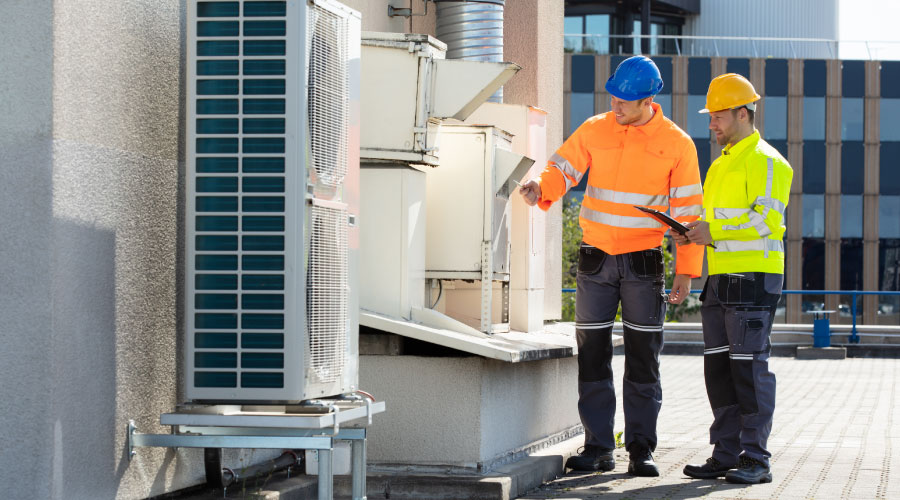Trouble Spots for Data Center Performance
In order of complexity, effort, and impact, the following are key elements managers need to address that can improve data center performance.
Hot aisle/cold aisle. This term refers to the arrangement of the equipment, which is often in rows. With some exceptions, IT equipment typically features on-board fans oriented so there is an intake — cold — side and an exhaust — hot — side. One strategy is to arrange equipment in racks so the intakes of one row are oriented the same way, and the intakes of two rows face each other.
This strategy might sound obvious, but arrangement issues are more common than you think. In one case, the IT manager wanted the servers to face the same direction so he could see them more easily when he walked through. But that aesthetic uniformity had a price. The hot side of one row blew directly into the cool side of the next throughout the data center. This arrangement required more cooling, which was more costly in both capital and operations costs.
Isolate the cold aisle. Providing curtains around the cold aisle creates a sub-zone within the space that inhibits cool air from mixing with surrounding warmer air.
Air balance. Match the airflow needs of the equipment in one cold aisle to the diffusers supplying that aisle. Too much air can result in bypass, which occurs when too much cooling enters a cold aisle, rather than being drawn through server racks. This situation is ineffective and inefficient. Alternately, when a cold aisle receives insufficient cooling, warm air tends to recirculate back, which can cause overheating.
Plenum congestion. Cables, piping, and debris that restrict airflow inhibit the cooling system from doing its job well and result in poor system performance. In the case of underfloor cooling distribution, the piping and cables should provide a clean path for airflow to the floor diffusers. Technicians should remove non-functional cables, wiring, and piping.
Blank panels. This situation occurs in server racks with openings between the hot and cold aisles. These unrestricted openings provide an opportunity for the bypass of cooling air and the recirculation of warm air. Blank panels close the gaps and help cooling get to where it needs to go. As with cable management, while this situation typically is the responsibility of IT personnel, it does impact cooling system performance, which is the manager's responsibility.
Related Topics:













